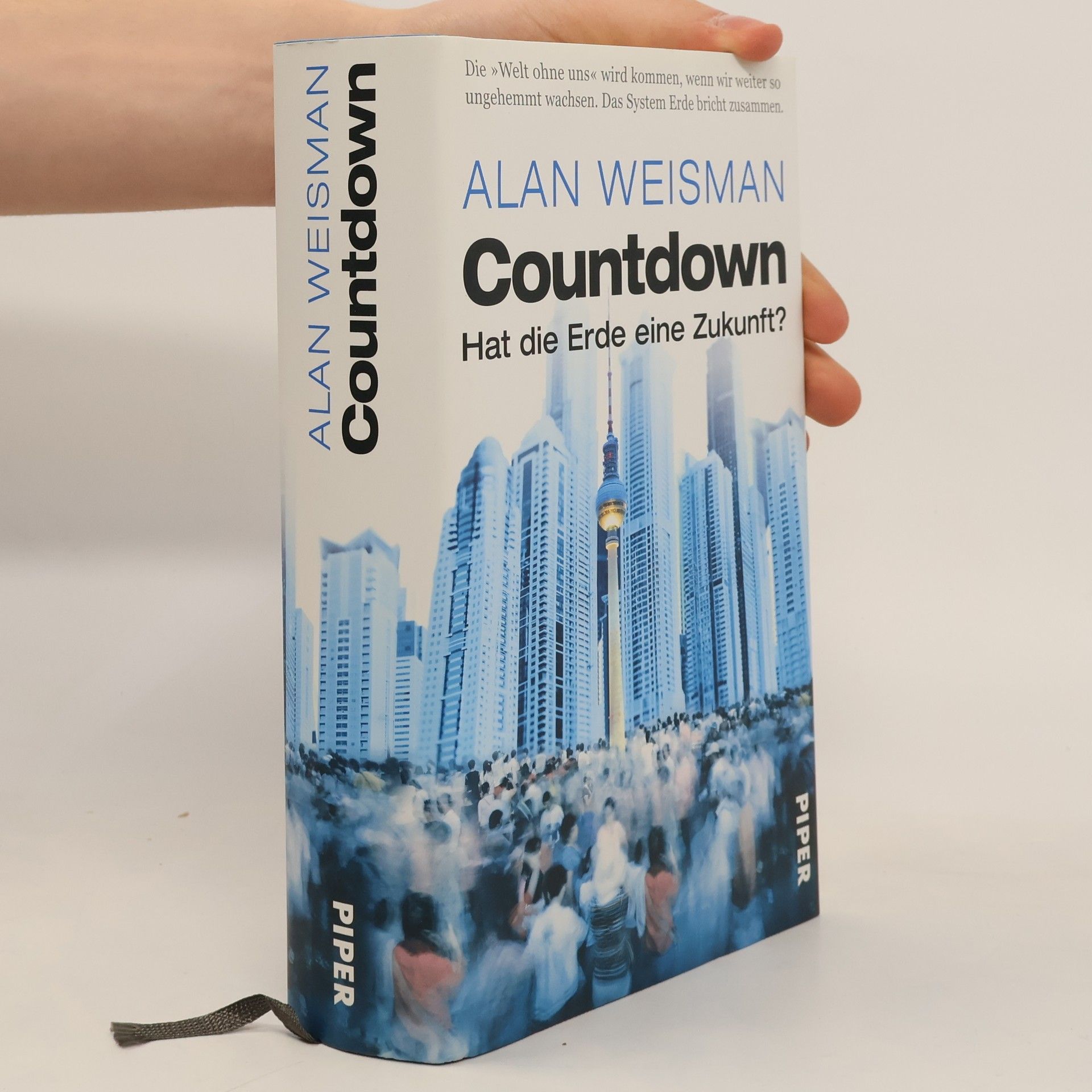Hope Dies Last
Visionary People Across the World, Fighting to Find Us a Future
- 400 pages
- 14 hours of reading







Visionary People Across the World, Fighting to Find Us a Future
Reise über eine unbevölkerte Erde | „Dieser Öko-Thriller ist keine Fiktion!“ The New York Times
Was wäre, wenn wir Menschen von einem Tag auf den anderen verschwinden würden? Zum Beispiel morgen. Ein ungeheures Gedankenexperiment! Alan Weisman entwirft in seinem Weltbestseller das Szenario einer unbevölkerten Erde – gestützt auf das Wissen von Biologen, Geologen, Physikern, Architekten und Ingenieuren und mit atemberaubender Phantasie. Schritt für Schritt vollzieht Weisman nach, wie die Natur unseren Planeten zurückerobert, und führt dem Leser dabei zweierlei vor Augen: was der Mensch in Jahrtausenden zu schaffen vermochte und über welch unerhörte Macht die Natur verfügt.
Wir können den zeitlichen Wettlauf nicht gewinnen – immer mehr Menschen produzieren immer mehr Müll, verbrauchen mehr Ressourcen und stoßen mehr CO₂ aus. Bisherige Versuche, die großen Umweltkatastrophen abzuwenden, indem wir den Konsum einschränken und auf erneuerbare Energien umsteigen, kommen gegen die Folgen einer stetig wachsenden Bevölkerung nicht an. Einziges Lösungsszenario für unser Überleben ist, dass wir weniger Menschen werden. Aber was bedeutet das für uns persönlich? Können und wollen wir Menschen zwangsverpflichten, kein oder nur ein Kind zu bekommen? Wie kann so eine gravierende Veränderung in verschiedenen Kulturen durchgesetzt werden? Alan Weisman beschreibt packend, wie eine globale Bevölkerungsreduzierung funktionieren kann – politisch, ökonomisch und vor allem auch menschlich!
Sie hatten kein Geld, nur eine Idee. Sie gründeten ein florierendes Dorf namens Gaviotas – mitten im Nirgendwo. Hier versorgen sich die Menschen komplett selbst, erzeugen erneuerbare Energie, bereiten Wasser auf, entwickeln umweltfreundliche Maschinen. Bestsellerautor Alan Weisman erzählt die unglaubliche Geschichte einer gelebten Utopie, wo Menschen im vollkommenen Einklang mit der Natur leben: nachhaltig und glücklich.
" On the day after humans disappear, nature takes over and immediately begins cleaning house - or houses, that is. Cleans them right off the face of the earth.They all go." Alan Weisman looks to the future to discover what the world might be like, and how it would change, if humans disappeared right now, for good. In the current age of anxiety over our impact on the earth's climate and environment, this timely book offers an intriguing glimpse of what the real legacy of our time on the planet may be. How would the natural world respond if it were suddenly relieved of the burden of humanity? Would the climate return to where it was before we fired up our engines? Could nature ever obliterate all traces of human civilization?How would it undo our largest buildings and public works, and could it reduce our myriad plastics and synthetics to benign, basic elements? And what about architecture and art?What will be our most enduring legacy? This groundbreaking book examines areas of the world that have been abandoned or never occupied by humans to see how they have fared without us and looks beyond to discover whether, and for how long, our largest cities, biggest achievements and most devastating mistakes will last after we are gone. In doing so it wrestles with some of the key concerns of our time and reveals a picture of the future that is both illuminating and terrifying.